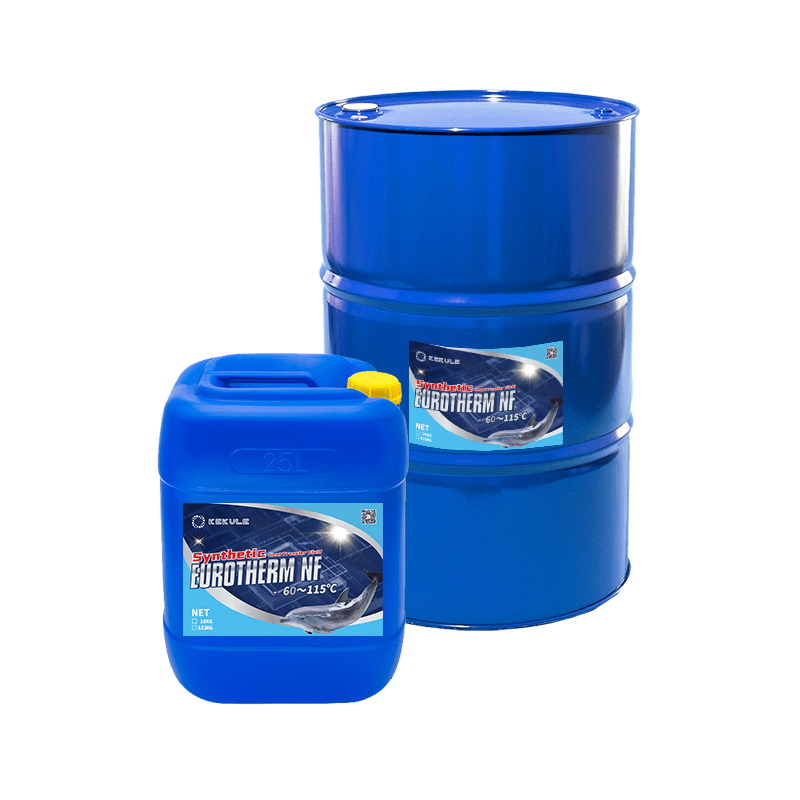Chemie - The Facts
Table of ContentsThe Best Guide To ChemieChemie Can Be Fun For EveryoneThe 7-Minute Rule for ChemieThe Best Strategy To Use For ChemieSee This Report about ChemieAn Unbiased View of Chemie
By Bojanna Shantheyanda, Sreya Dutta, Kevin Coscia and David SchiemerDynalene, Inc. Fluid cooling, which can be accomplished using indirect or direct ways, is made use of in electronic devices applications having thermal power densities that might go beyond risk-free dissipation through air cooling. Indirect fluid cooling is where heat dissipating digital components are literally separated from the liquid coolant, whereas in situation of straight cooling, the parts are in straight contact with the coolant.Nevertheless, in indirect air conditioning applications the electrical conductivity can be important if there are leaks and/or spillage of the liquids onto the electronic devices. In the indirect cooling applications where water based fluids with deterioration inhibitors are generally made use of, the electrical conductivity of the liquid coolant mostly depends on the ion focus in the liquid stream.
The rise in the ion concentration in a closed loophole fluid stream might take place due to ion seeping from steels and nonmetal parts that the coolant liquid is in call with. During procedure, the electrical conductivity of the fluid may enhance to a degree which can be damaging for the cooling system.
The 45-Second Trick For Chemie
(https://www.twitch.tv/chemie999/about)They are bead like polymers that can trading ions with ions in a solution that it is in call with. In the here and now work, ion leaching examinations were executed with various steels and polymers in both ultrapure deionized (DI) water, i.e. water which is dealt with to the highest degree of purity, and reduced electric conductive ethylene glycol/water mixture, with the gauged modification in conductivity reported in time.
The samples were permitted to equilibrate at space temperature for 2 days before taping the first electric conductivity. In all tests reported in this research liquid electric conductivity was determined to an accuracy of 1% utilizing an Oakton disadvantage 510/CON 6 collection meter which was adjusted before each measurement.
The smart Trick of Chemie That Nobody is Discussing
from the wall heating coils to the facility of the heating system. The PTFE sample containers were positioned in the heating system when constant state temperature levels were reached. The test configuration was removed from the heater every 168 hours (7 days), cooled down to area temperature level with the electrical conductivity of the liquid measured.
The electrical conductivity of the liquid example was kept track of for a total of 5000 hours (208 days). Number 2. Schematic of the indirect closed loop cooling experiment set-up - inhibited antifreeze. Table 1. Components made use of in the indirect closed loophole cooling experiment that touch with the fluid coolant. A schematic of the experimental configuration is displayed in Figure 2.

The Ultimate Guide To Chemie
During operation the fluid storage tank temperature was maintained at 34C. The change in liquid electric conductivity was kept an eye on for 136 hours. The fluid from the system was collected and saved. Likewise, closed loophole examination with ion exchange resin see post was executed with the same cleansing procedures used. The first electric conductivity of the 230ml UP-H2O in the system measured 1.84 S/cm.

0.1 g of Dowex material was contributed to 100g of fluid examples that was absorbed a different container. The blend was stirred and change in the electric conductivity at room temperature level was gauged every hour. The measured adjustment in the electric conductivity of the UP-H2O and EG-LC examination fluids containing polymer or metal when engaged for 5,000 hours at 80C is revealed Figure 3.
The 5-Second Trick For Chemie
Ion seeping experiment: Calculated change in electrical conductivity of water and EG-LC coolants consisting of either polymer or metal samples when immersed for 5,000 hours at 80C. The results suggest that metals added fewer ions right into the fluids than plastics in both UP-H2O and EG-LC based coolants.
Fluids containing polypropylene and HDPE displayed the most affordable electrical conductivity adjustments. This can be as a result of the brief, inflexible, direct chains which are less most likely to contribute ions than longer branched chains with weaker intermolecular pressures. Silicone likewise executed well in both examination liquids, as polysiloxanes are generally chemically inert due to the high bond power of the silicon-oxygen bond which would stop deterioration of the material into the fluid.
Rumored Buzz on Chemie
It would certainly be anticipated that PVC would create comparable results to those of PTFE and HDPE based upon the similar chemical structures of the products, however there might be other impurities existing in the PVC, such as plasticizers, that may influence the electrical conductivity of the liquid - immersion cooling liquid. In addition, chloride groups in PVC can additionally leach right into the test liquid and can cause a rise in electric conductivity
Buna-N rubber and polyurethane showed signs of destruction and thermal decomposition which recommends that their possible utility as a gasket or sticky product at higher temperature levels might result in application issues. Polyurethane entirely broke down right into the examination fluid by the end of 5000 hour test. Figure 4. Before and after pictures of metal and polymer samples submersed for 5,000 hours at 80C in the ion leaching experiment.
Measured change in the electrical conductivity of UP-H2O coolant as a feature of time with and without material cartridge in the shut indirect air conditioning loophole experiment. The determined change in electrical conductivity of the UP-H2O for 136 hours with and without ion exchange resin in the loophole is received Figure 5.